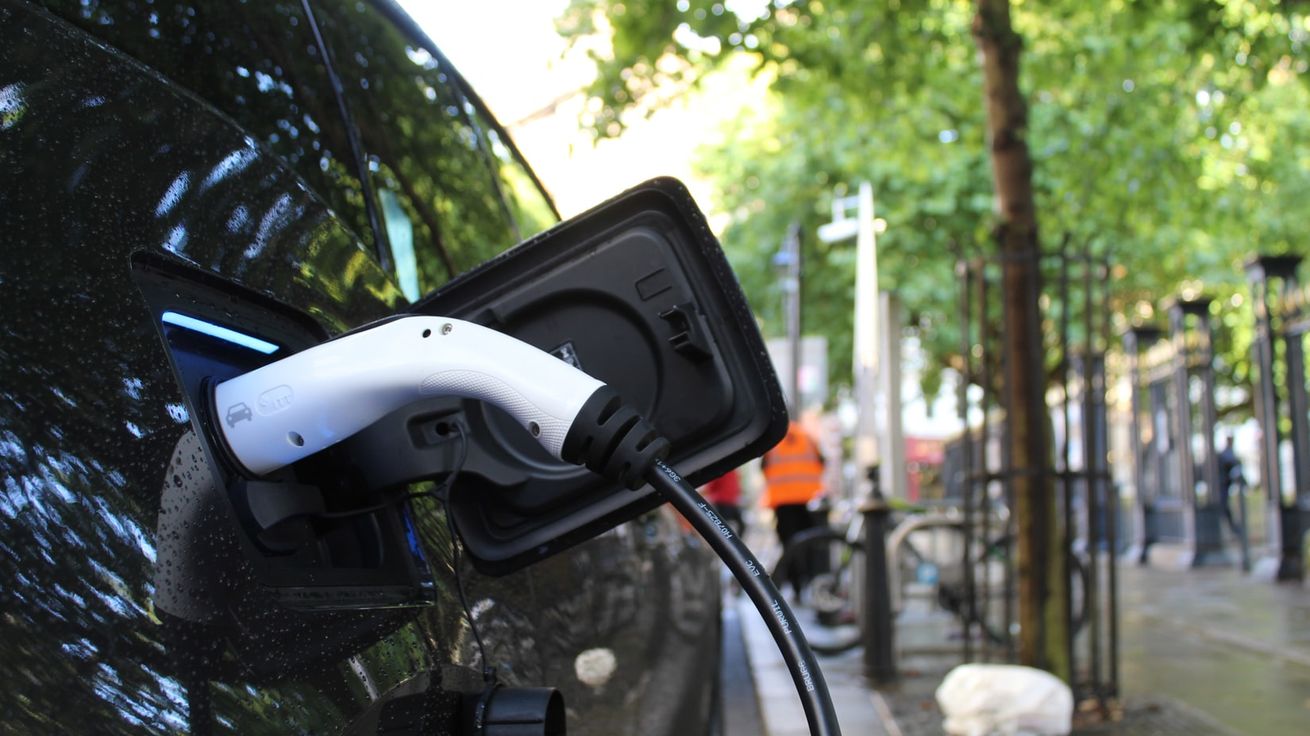This article is for informational purposes only, and is not intended to provide tax, legal or accounting advice. You should consult your own tax, legal and accounting advisors before engaging in any transaction.
Federal EV Tax Credit
To accelerate the adoption of electric vehicles (EVs) and plug-in hybrids (PHEVs), the US Government offers a federal EV tax credit of up to $7500 to anyone purchasing or leasing an electric car. As one might imagine, car dealerships are excited to share the $7500 tax credit to encourage you to buy a car.
However, dealers are much less likely to educate you about the fine print that may prevent you from accessing the full $7500 credit. The tax credit depends on the vehicle's manufacturing location, battery materials, and even your Adjusted Gross Income (AGI).
Here’s a step-by-step guide to making an educated decision about electric car tax credits.|
New Changes in 2024: Instant Rebates
Starting in January 2024, electric vehicle purchasers will no longer need to wait until the subsequent tax season to receive their credit. Instead, drivers will have the option to apply the tax credit at the time of the vehicle purchase in the form of a rebate that essentially acts as a discount on the dealership’s sticker price. Here’s how it works:
These new guidelines simplify the process for drivers, providing an immediate financial incentive at the point of sale and making dealers, not individuals, collect the tax credit from the IRS.
Which Electric Vehicles Still Qualify for the EV Tax Credit?
When the new requirements took effect on January 1, 2024, the list of eligible vehicles got quite a bit shorter. Here is a list of vehicles that still make the cut:
Vehicle | Tax Credit Amount | Additional Incentives |
|---|
| $7,500 | |
| $7,500 | |
| $7,500 | |
| $7,500 | |
| $3,750 | |
| $3,750 | |
| $3,750 | |
| $3,750 | |
| $3,750 | |
| $7,500 | |
| $7,500 | |
| $7,500 | |
| $7,500 | |
| $7,500 | |
| $7,500 | |
EVs that still qualify for EV Tax Credits
Source: Fueleconomy.gov updated 1/24/2024
EV Tax Credit: Income Limit
If you decide on an electric vehicle that qualifies for an EV tax credit, you also need to meet new 2024 IRS rules for Adjusted Gross Income (AGI) limits. If you exceed these income limits, you will not qualify for an EV tax credit:
- $300,000 for married couples filing jointly
- $225,000 for heads of households
- $150,000 for all other filers
If you exceed income limits, the IRS allows some flexibility between tax years:
"You can use your modified AGI from the year you take delivery of the vehicle or the year before, whichever is less. If your modified AGI is below the threshold in 1 of the two years, you can claim the credit."
If your Adjusted Gross Income still does not meet these requirements in any tax years, you might consider leasing. A leasing company can receive an EV tax credit and may incorporate up to $7,500 in tax credit savings into your leasing package.
Don't forget state EV rebates & tax credits
While federal EV tax credits may be less valuable and more confusing for the next couple of years, all is not lost. EV rebates and tax credits from your state remain a steady constant. State incentives apply to a wider range of EVs and PHEVs (plug-in hybrids) and do not have the limiting manufacturing requirements of the federal EV tax credit.
Here’s a list of states that offer generous rebates & tax credits:
- California: up to $9500 (with an Clean Cars 4 All trade in)
- Colorado: up to $7500
- Connecticut: up to $7500
- Massachusetts: up to $6000
- New York: up to $2000
- Oregon: up to $2500-$7,000
- Rhode Island: up to $2,500
- Vermont: up to $4,000
Want to see what state and local EV incentives you qualify for?
Try EV Life’s Savings Calculator
How to claim your EV tax credit
From January 1, 2024, the EV tax credit is available for new EVs as a point-of-sale discount at the dealership.
Purchased before 2024?
Just fill out Form 8936 and submit it as part of your normal annual tax filings. Be sure to report the tax credit from Form 8936 on the appropriate line of your tax form (e.g. Form 1040) on your federal tax return.
Maximize savings with EV Life financing
EV Life offers a smarter EV financing solution. Here’s how it works when you apply for an EV Climate Loan with EV Life:
- Pre-qualify for more than financing. EV Life’s application process is easy and fast. We’ll ensure that you qualify for every tax credit, rebate, and other incentive you’re eligible for, then help you file all the paperwork with our “Turbo Tax-style” incentive filing tools.
- Defer the Colorado EV Tax Credit. In Colorado, customers have the option to use your post-purchase Colorado EV tax credit of up to $5,000 like an incremental down payment on your auto loan, lowering your monthly payments by nearly $100/month.
- Bundle charging. An EV Life loan enables you to get an instant quote for home charger installation and bundle it into auto financing, reducing your upfront costs.
- One low payment. The EV Life loan applies all your savings directly to your loan, significantly reducing your monthly payment.
Don’t navigate the complex and ever-shifting EV incentive process alone. Financing with EV Life guarantees the best prices and the lowest rates on your EV, saving the planet while saving your pocketbook.
Ready to see how much you could save?
Get pre-qualified today.





